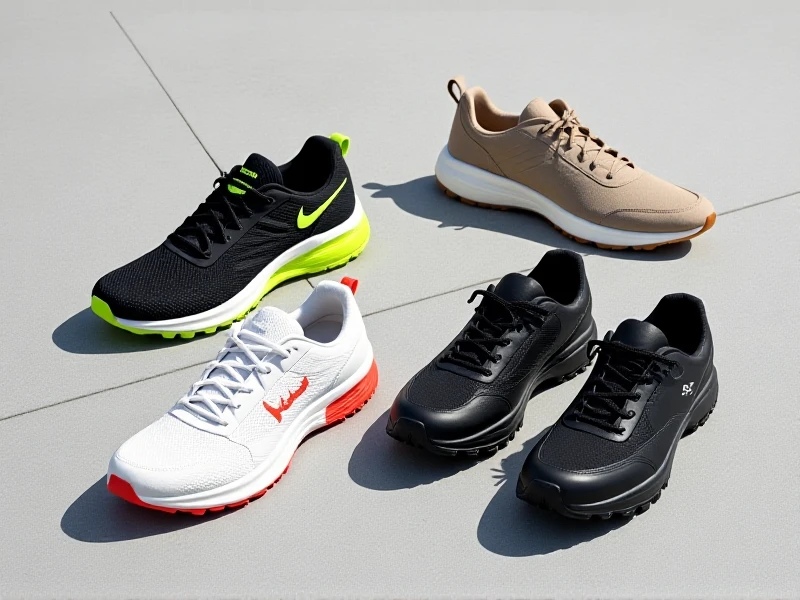Essential Hiking Shoes Guide: Comfort and Safety on the Trails

When it comes to exploring the great outdoors, the right pair of hiking shoes can make or break your adventure. Unlike regular sneakers, hiking footwear is designed to handle rugged terrain, support your feet over long distances, and prevent injuries. Whether you're tackling rocky paths or muddy trails, investing in quality hiking shoes ensures stability, comfort, and all-day endurance. This guide covers everything you need to know to choose the best gear for your next hike.
First, consider the different types of hiking shoes available. Trail runners are lightweight and perfect for short, fast hikes on well-marked trails. Mid-cut boots offer enhanced ankle support, ideal for off-trail adventures with uneven ground. Full-height hiking boots are rugged and durable, best for backpacking trips or rough, wet conditions. Each style caters to specific needs, so think about your typical hikes—like distance, elevation, and weather—to narrow down the options. Many outdoor enthusiasts find that a versatile mid-cut pair works wonders for most day trips.
Next, look for key features that define great hiking shoes. Waterproof technology, such as Gore-Tex, keeps your feet dry during rainy days or stream crossings, while breathable materials prevent overheating for comfort. Traction is crucial; opt for deep-lugged outsoles that grip various surfaces, reducing slips on slippery rocks. Don't forget support: cushioned midsoles absorb shock, and stiff shanks provide stability. Brands often incorporate tech like wider toe boxes for toe splay, making long treks less painful. Always test shoes on an incline in-store to ensure they feel snug without pinching—comfort should come first, never risking blisters from poor fit.
To make the smartest choice, match your footwear to the trail's demands. For dry, moderate trails, lightweight options with minimal support suffice. But for wet or rocky terrain, go for heavier boots with aggressive tread and waterproofing. Reputable retailers let you try shoes with hiking socks to simulate real conditions; remember that fitting slightly larger allows room for foot swelling during longer excursions. Avoid common mistakes like forgetting to break them in—wear them around the house for a few days before that big trek to ensure peak performance. Ultimately, hiking shoes are an investment in safety and enjoyment, so prioritize durability and reviews from fellow hikers to find your perfect pair. Start exploring safely today!